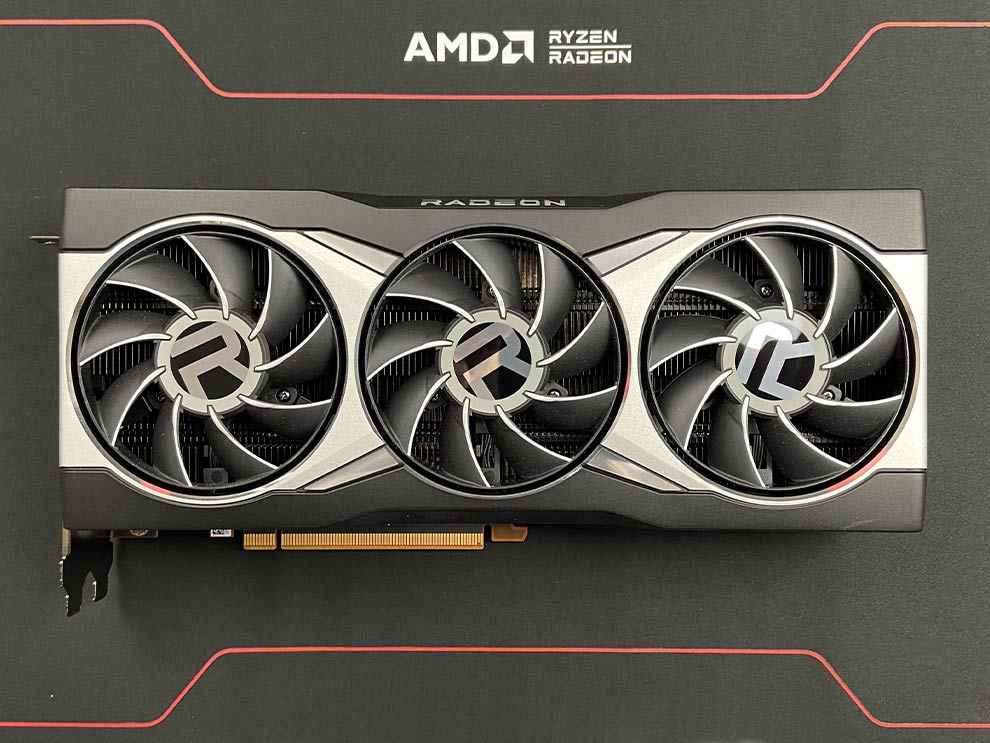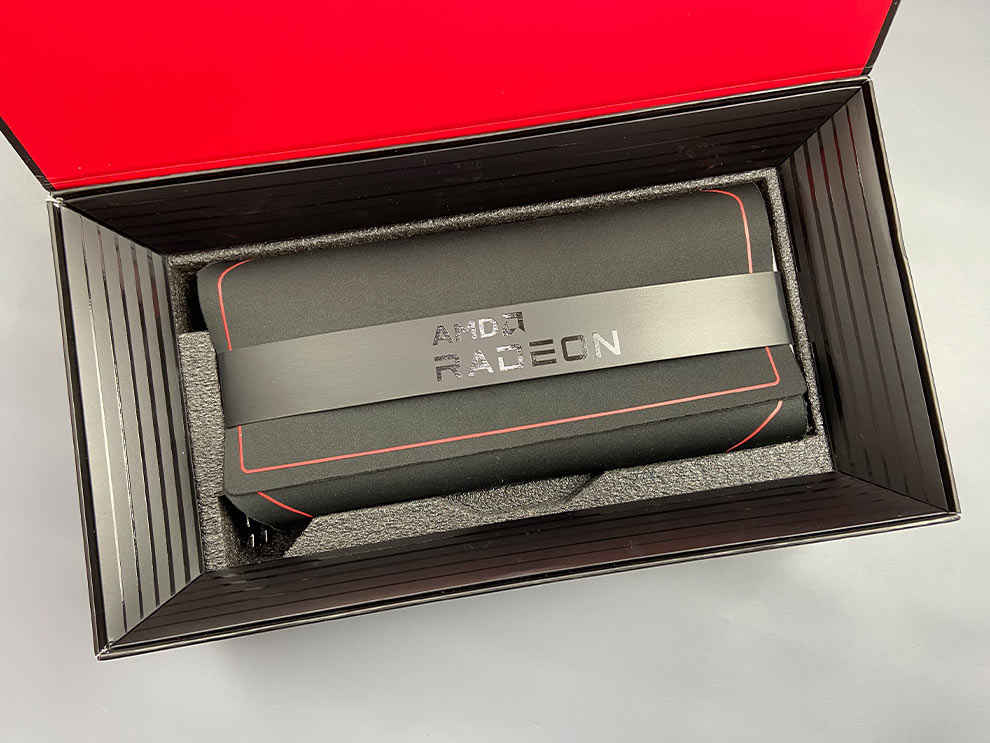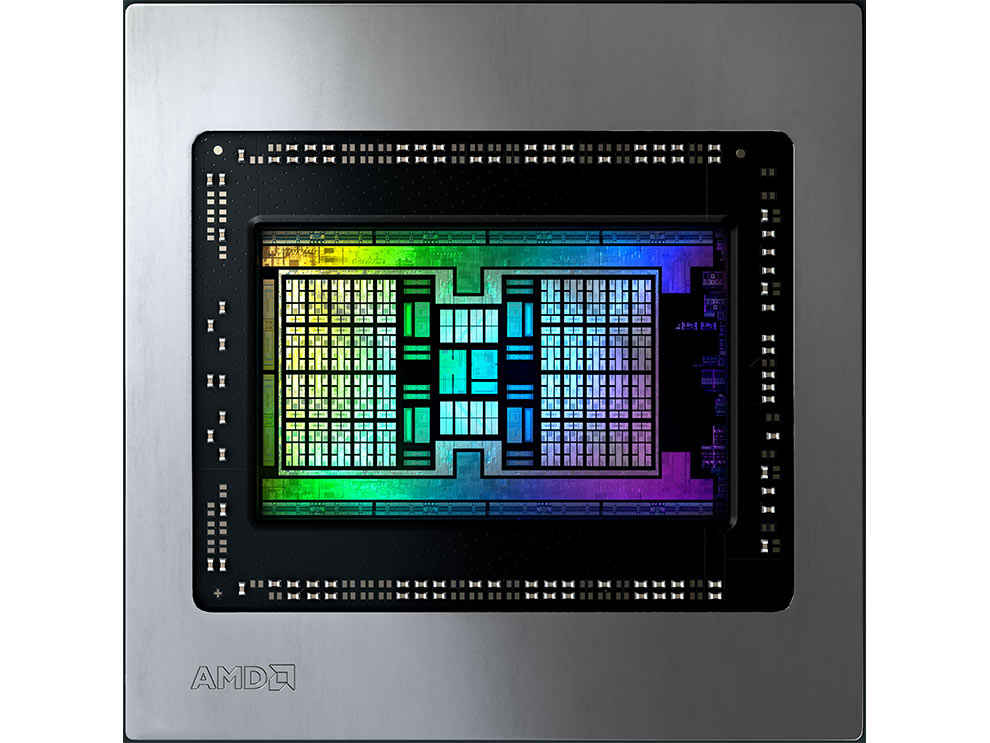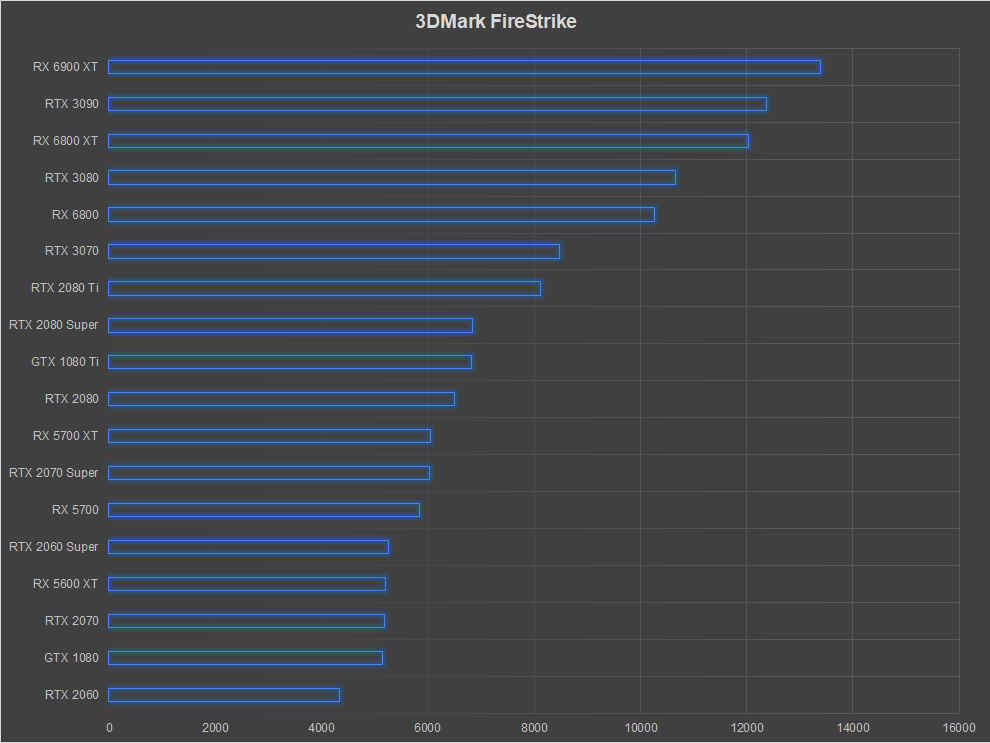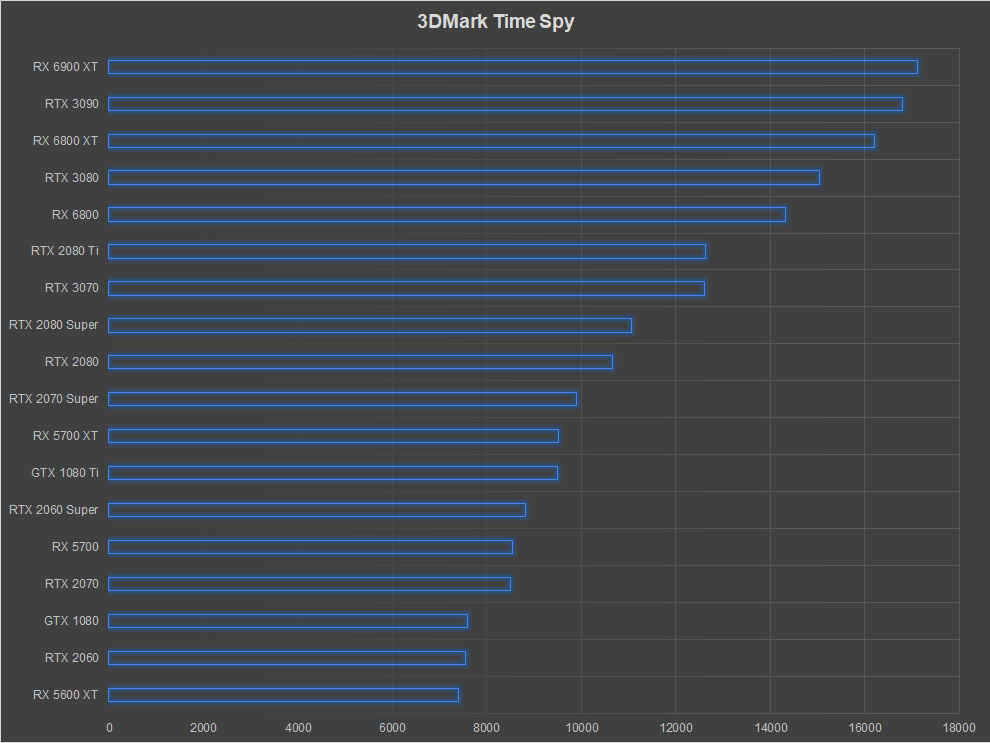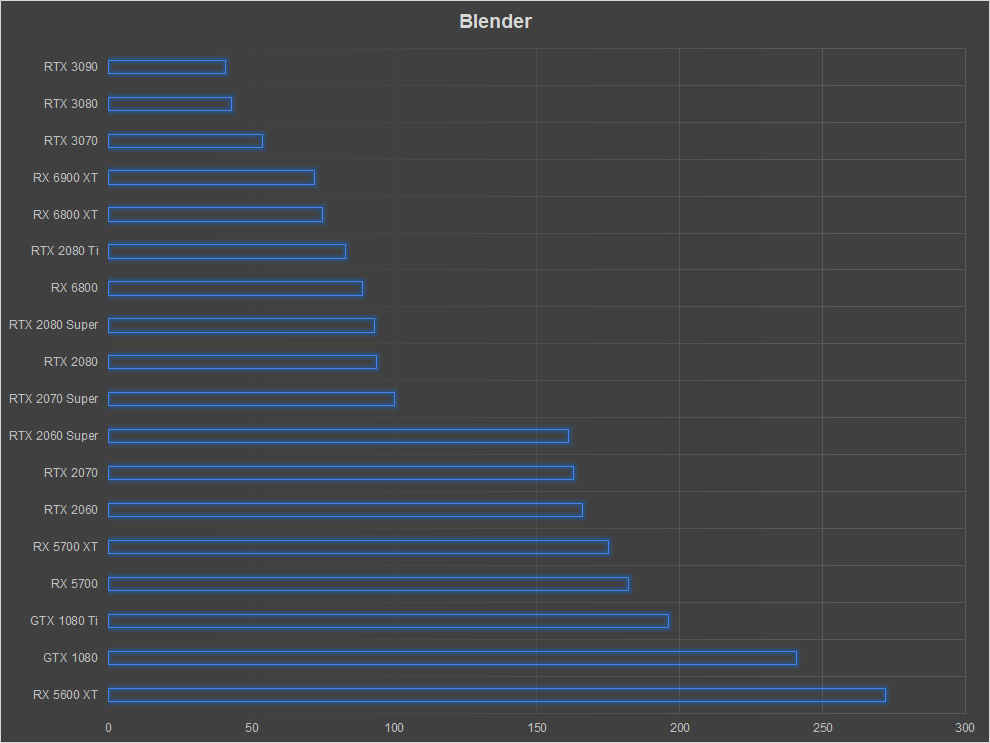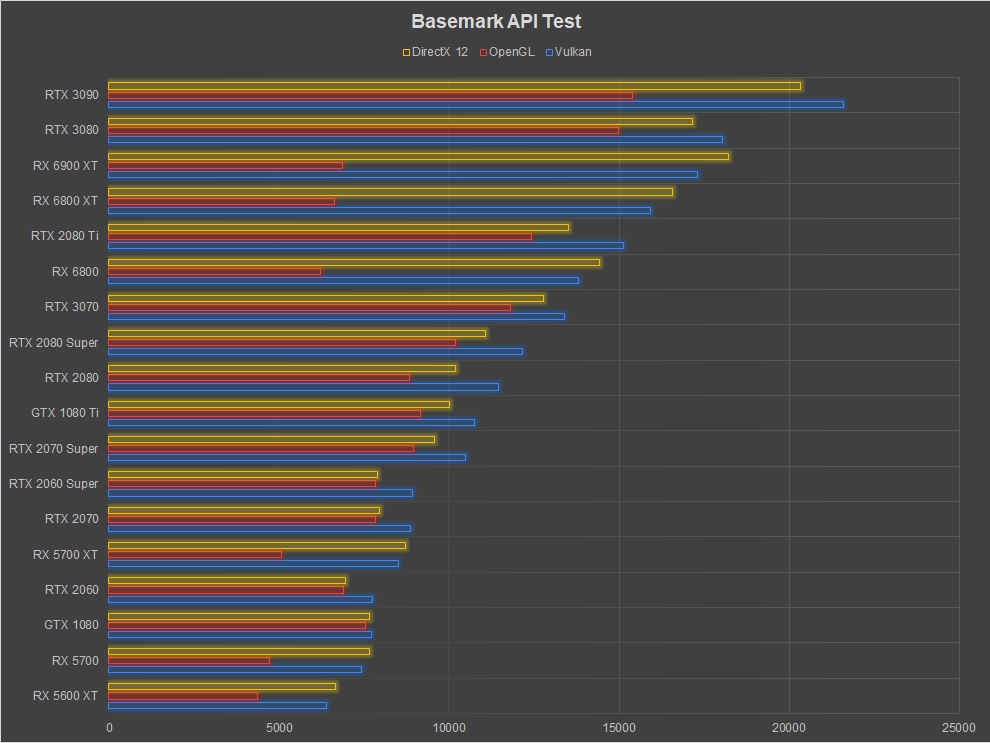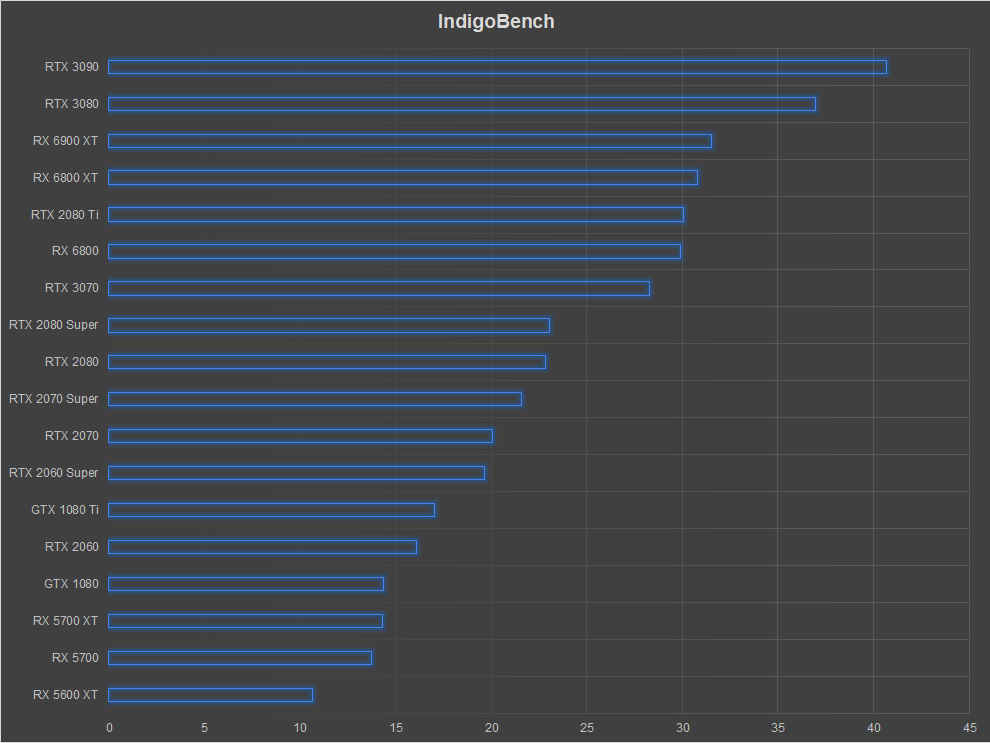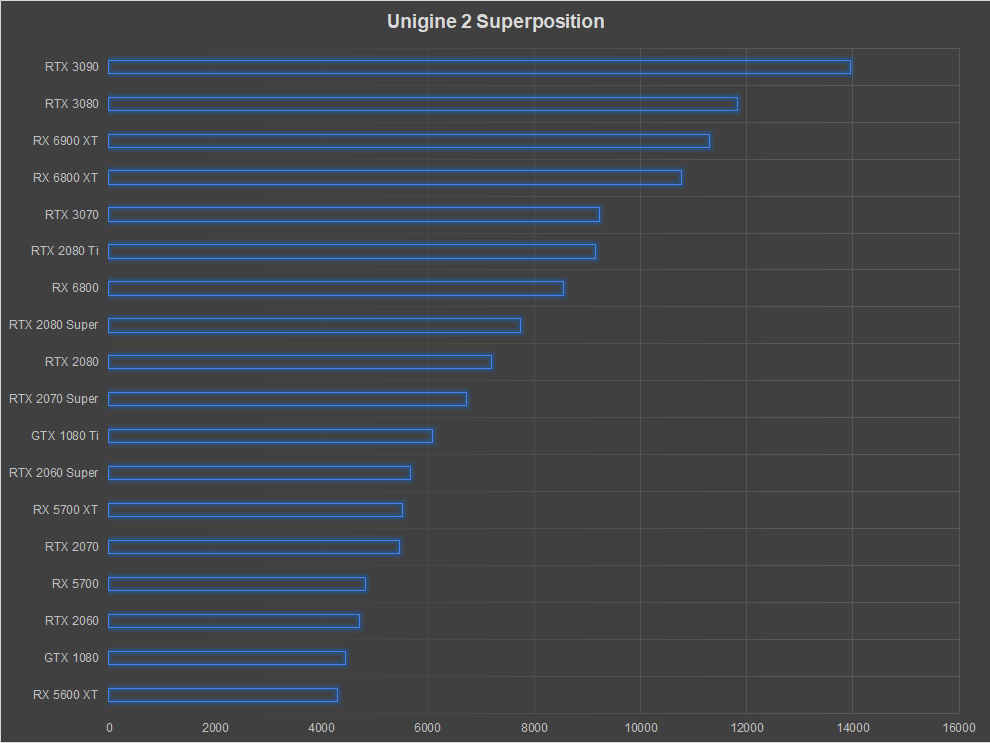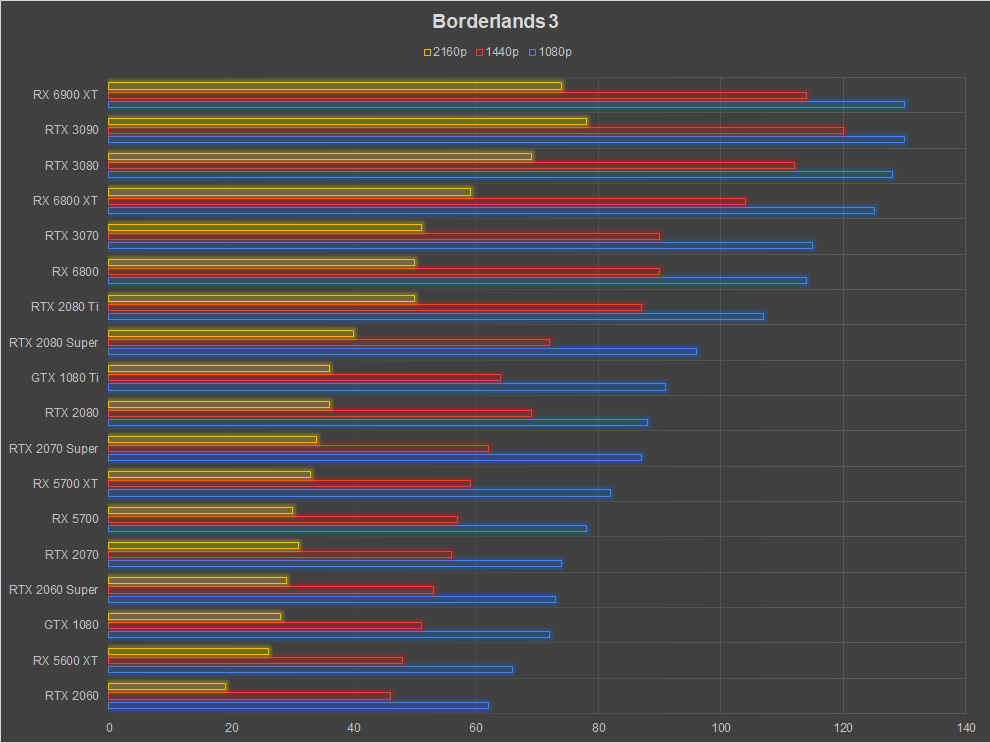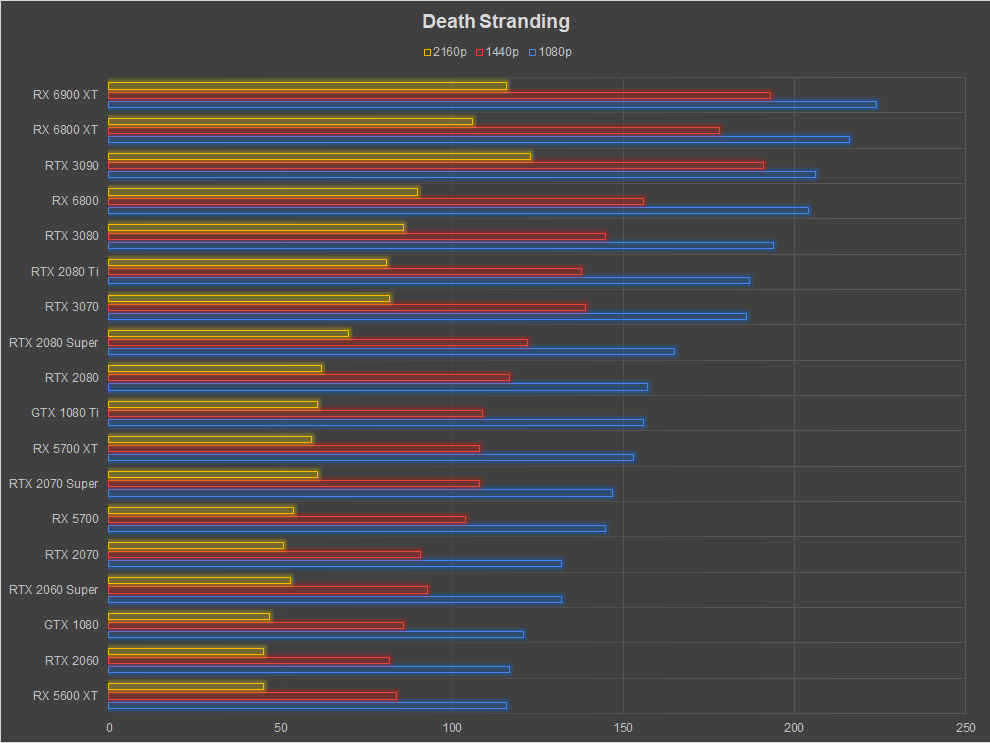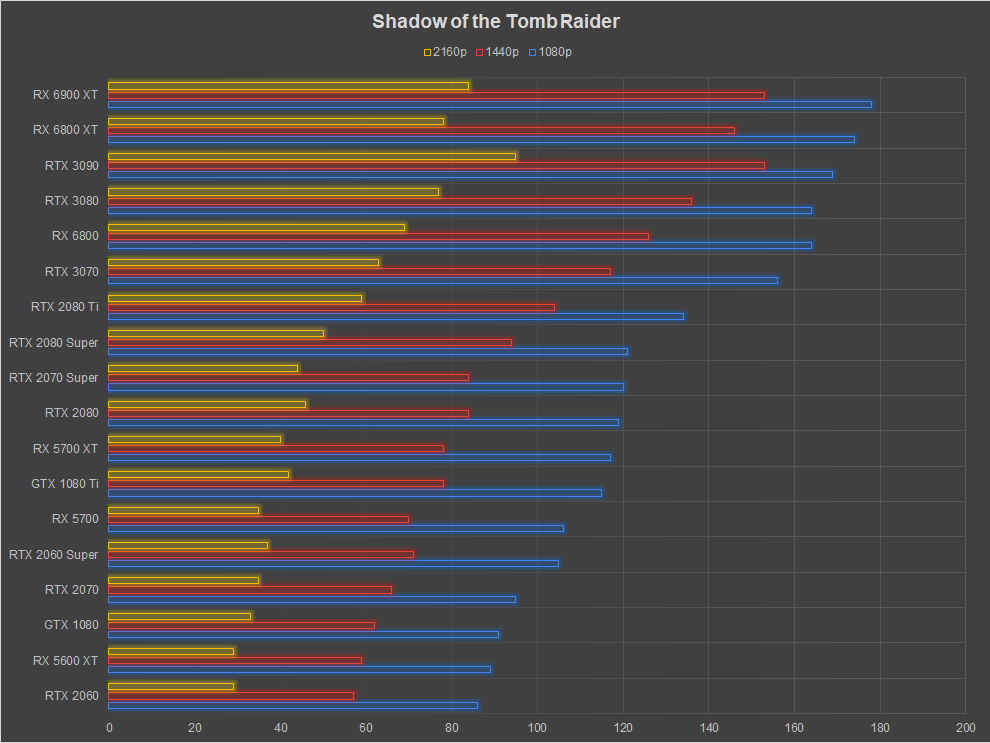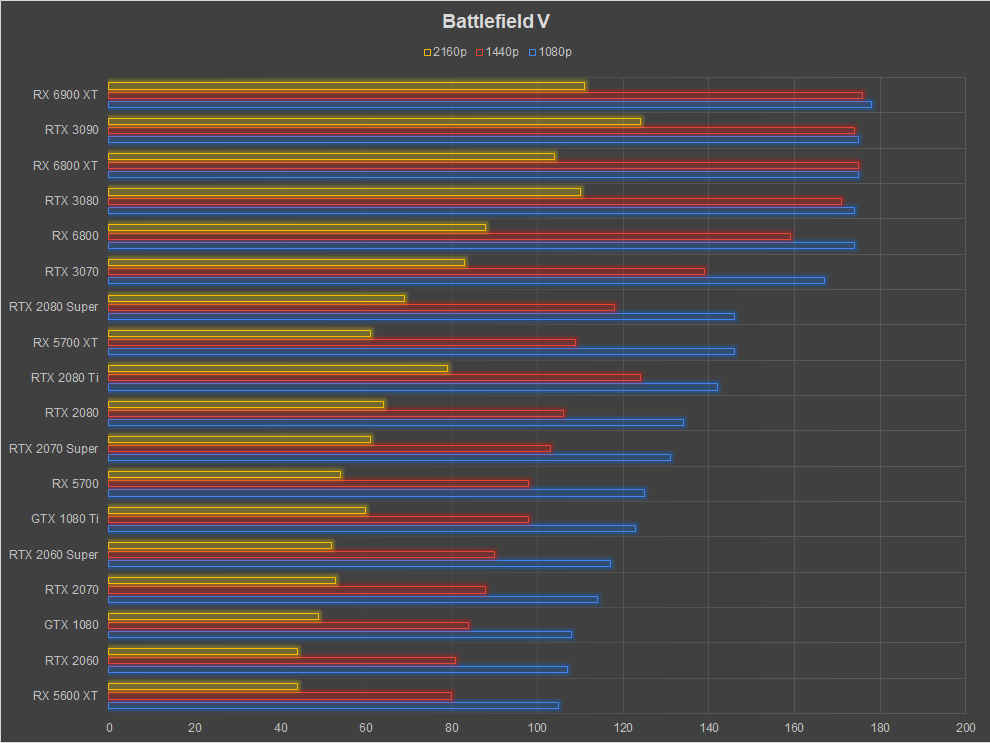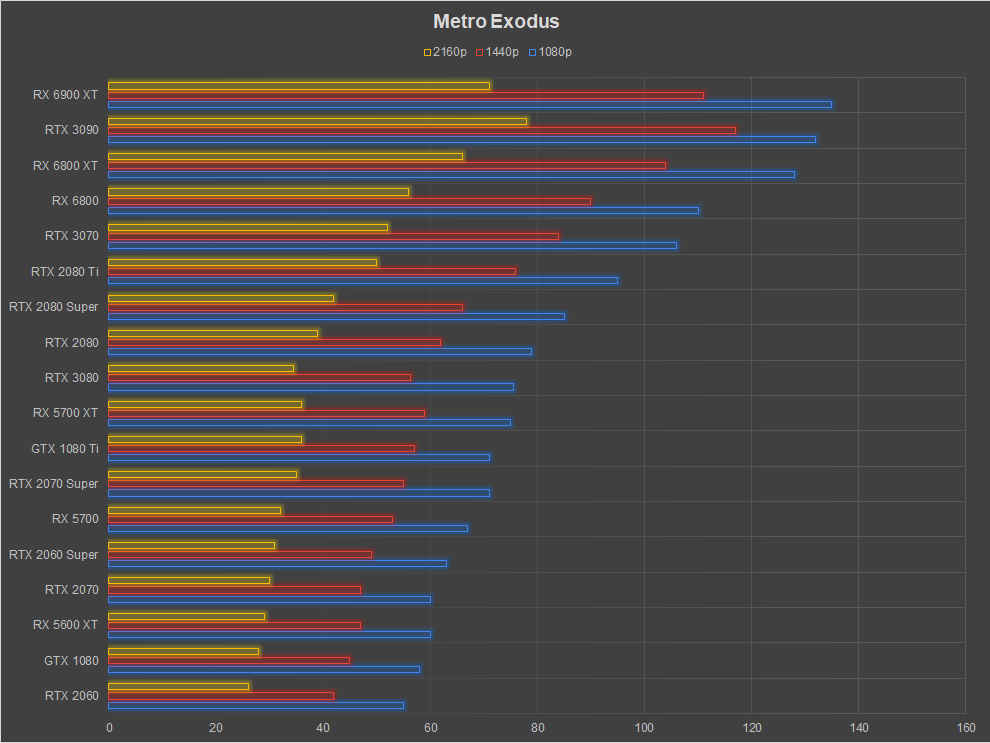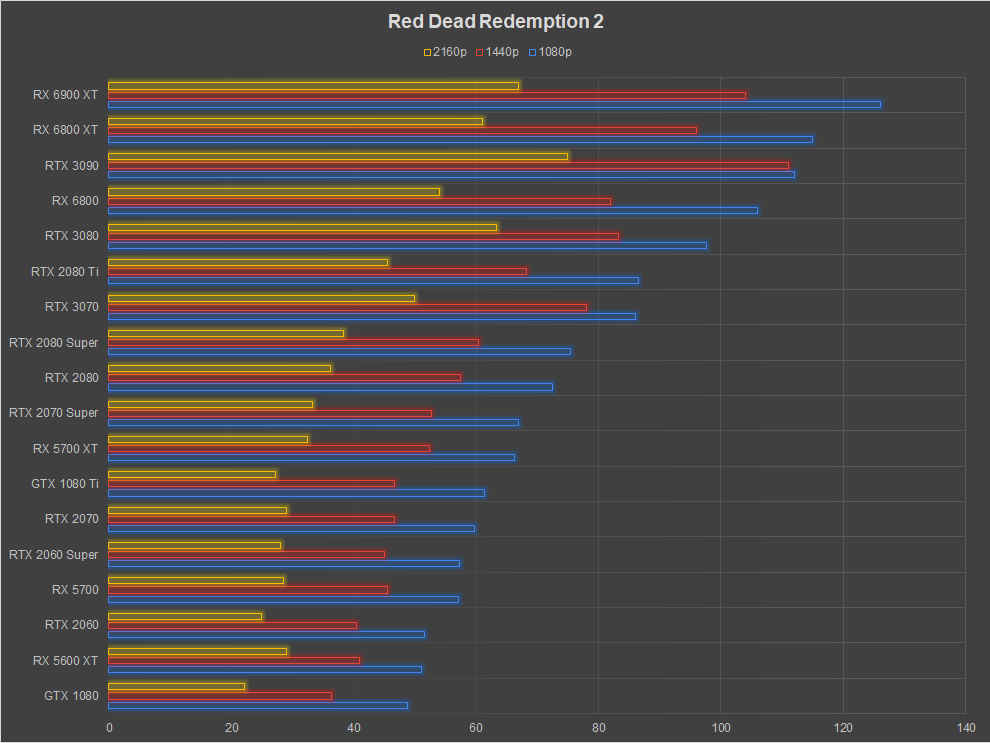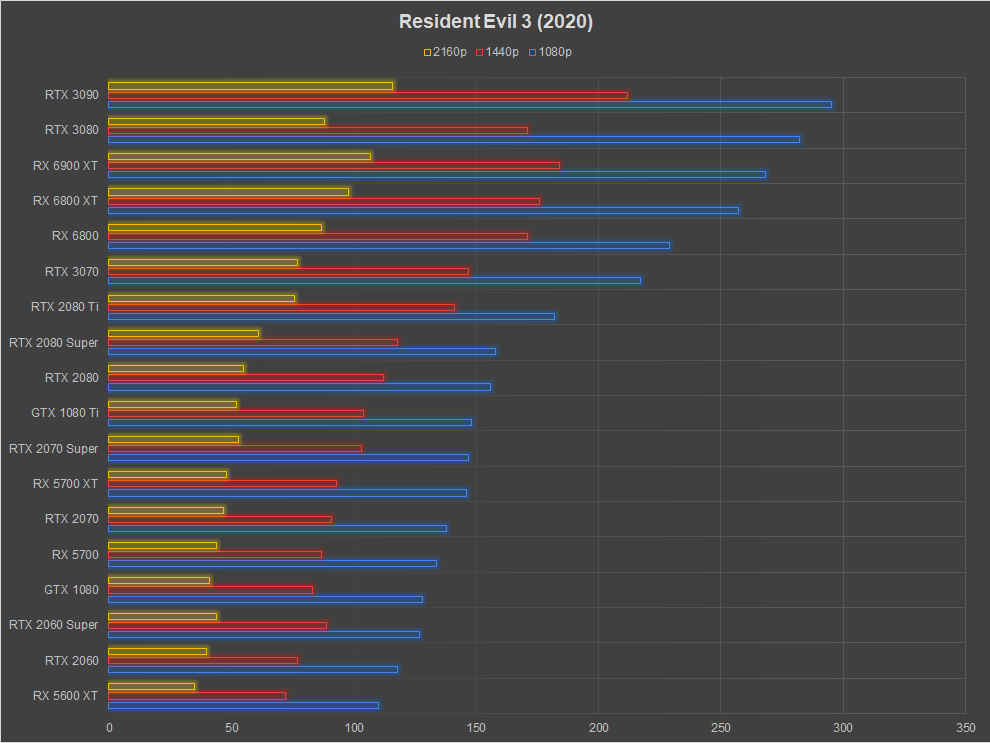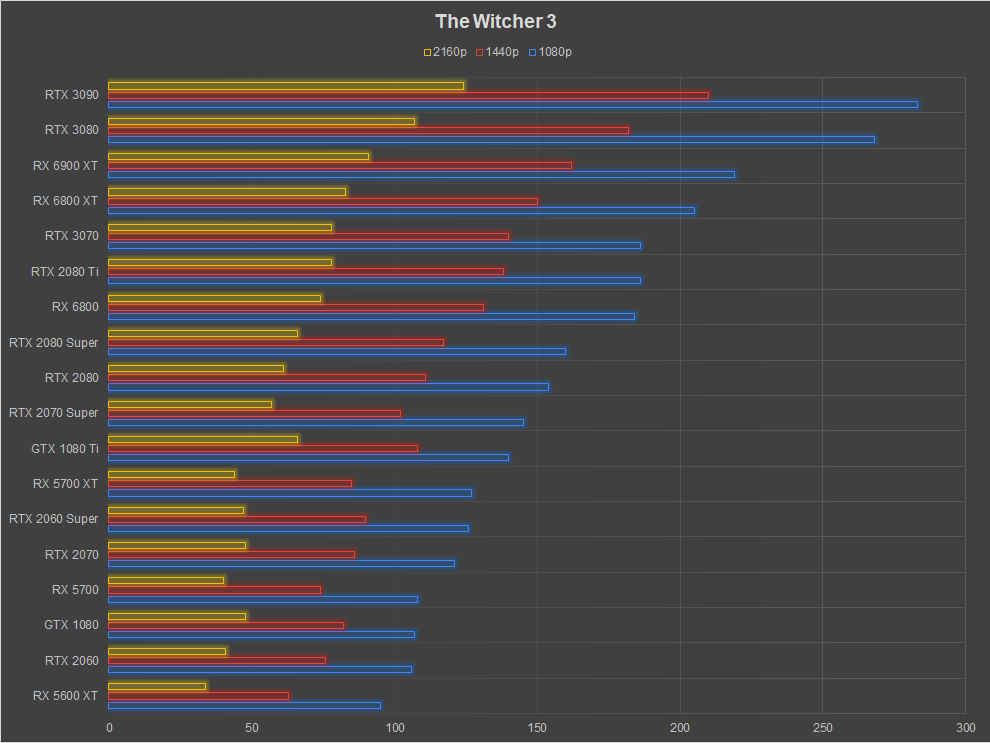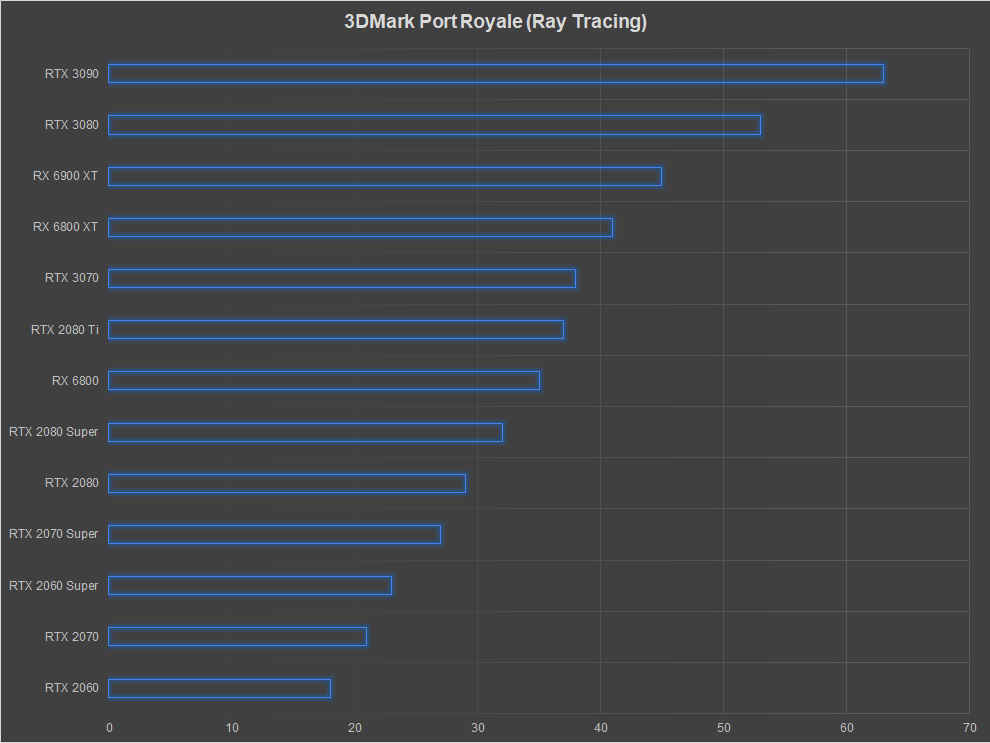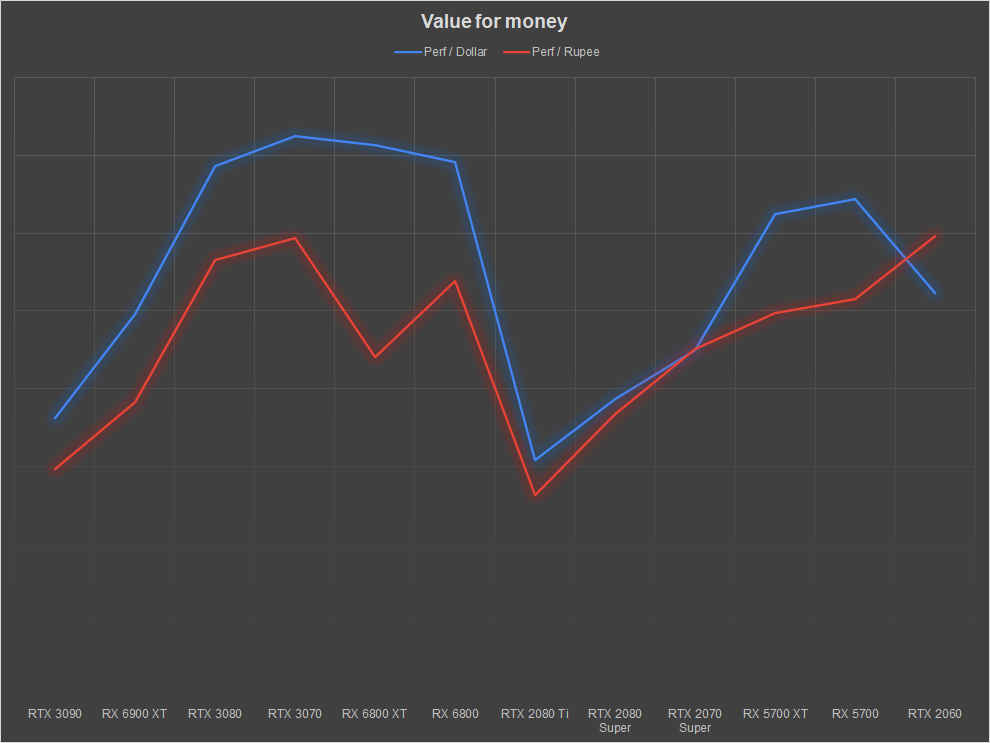AMD Radeon RX 6900 XT Graphics Card Review : A great 4K gaming graphics card
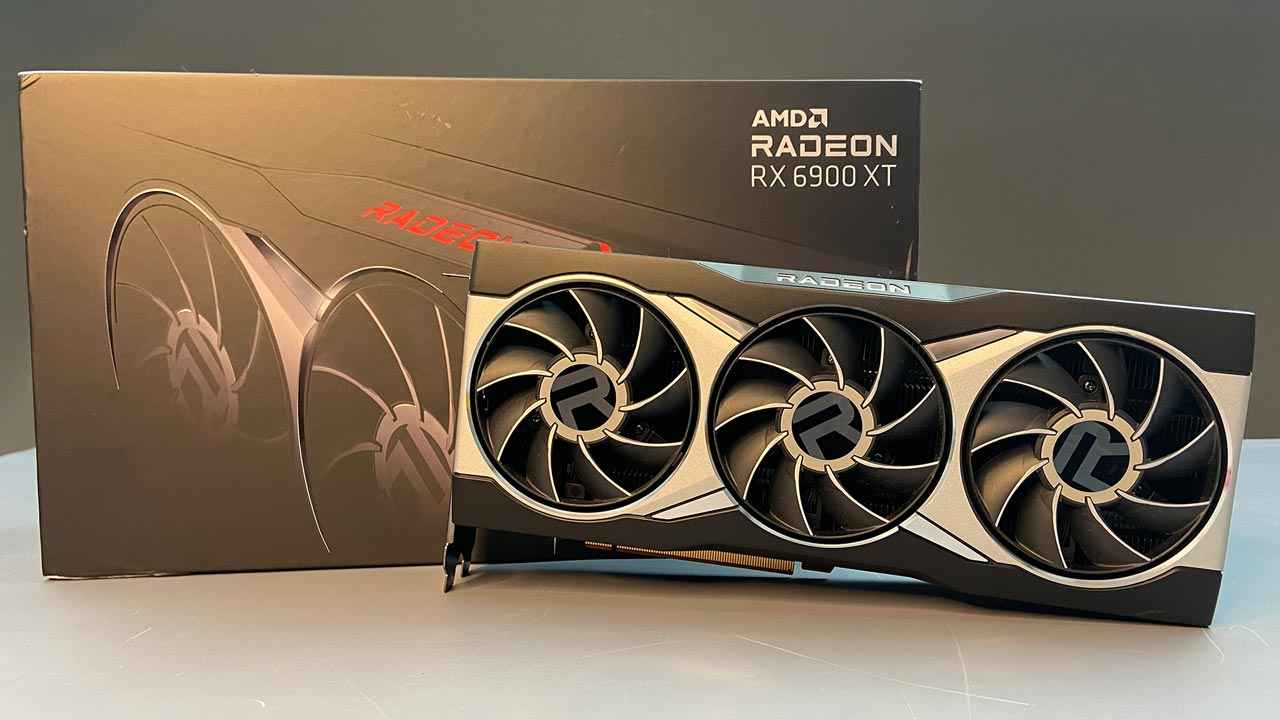
It would appear that AMD has bagged another victory for itself. The AMD Radeon RX 6900 XT is not only great in performance but also has really good pricing. That is, of course, limited to the reference cards. We're yet to see how AIBs will price their SKUs in the coming weeks, Performance is at par and sometimes even better than the RTX 3090 but the new RDNA2 cards don't have great OpenGL performance. Not that a lot of video games use OpenGL these days, but folks interested in the GPGPU performance might be a bit disappointed with the same. And lastly, there's the ray-tracing benchmark which pegs the RX 6900 XT a little behind the RTX 3090. Visually, they don't seem that far apart so that's fine in our books. For a price of INR 94,388, the AMD Radeon RX 6900 XT is a great 4K gaming card.
The AMD Radeon RX 6900 XT is what we have been waiting for so long. A flagship graphics card that towers above all the oompa-loompas. We recently reviewed the Radeon RX 6800 XT and 6800, and found them to be quite compelling in terms of performance. The Indian pricing for the RX 6800 XT was a shocker but its younger sibling, the RX 6800 was optimally priced and retained its position in the GPU hierarchy in line with international markets. Stocks have been quite low and we have no reason to suspect otherwise in the case of the 6900 XT as well. However, the reference card is priced at INR 94,388 (SEP 79,990) which comes as a relief after the disastrous pricing of the 6800 XT. We’ll see how that works out for the Indian market towards the end of our review.
When we’d reviewed the RX 6800 XT and 6800, AMD was the only one to take advantage of the resizeable-BAR feature of PCIe 4.0 to allow their CPUs (Ryzen Zen 3) to address all of the GPUs video buffer. Since then, we’ve heard that NVIDIA is already working towards incorporating the same and some Intel Z490 motherboards have already pushed the feature via BIOS updates. Either all vendors see great potential in this feature or it’s an easy marketing opportunity that they’d all want to take advantage of. We’ll get a better idea in the coming year.
AMD Radeon RX 6900 XT Specifications
The AMD Radeon RX 6000 series GPUs use the same 7nm process node as what a lot of the other AMD IPs use. TSMC has been working on improving the node so some of those improvements will result in minor efficiency improvements. AMD’s architectural enhancements contribute to the rest of the performance gains. Like the previous two cards that we have reviewed previously, the Radeon RX 6900 XT is also using the same GPU. We have a total of 80 Compute Units which is 8 more than the 6800 XT and the die is the same 519 mm2. We are really hoping that some adventurous enthusiasts would cross flash a 6800 or a 6800 XT to get a 6900 XT. The chances are low considering that the cooling required for a 6900 XT is much more than the 6800 XT. So if the TDP is enough to dissipate the extra heat, then it should be fine. We’re not saying, you should, but if you do, let us know.
| RX 6900 XT | RX 6800 XT | RX 6800 | RX 5700 XT | RX 5700 | RX 5600 XT | |
|---|---|---|---|---|---|---|
| Architecture | RDNA 2 | RDNA 2 | RDNA 2 | Navi | Navi | Navi |
| Process | 7nm | 7nm | 7nm | 7nm | 7nm | 7nm |
| Transistor Count | 26.8 billion | 26.8 billion | 26.8 billion | 10.3 billion | 10.3 billion | 10.3 billion |
| Die Size | 519 mm2 | 519 mm2 | 519 mm2 | 251 mm2 | 251 mm2 | 251 mm2 |
| Compute Units | 80 | 72 | 60 | 40 | 36 | 36 |
| Stream Processors | 5120 | 4608 | 3840 | 2560 | 2304 | 2304 |
| Base Clock | 1825 MHz | 1825 MHz | 1700 MHz | 1605 MHz | 1465 MHz | 1230 MHz |
| Game Clock | 2015 MHz | 2015 MHz | 1815 MHz | 1755 MHz | 1625 MHz | 1375 MHz |
| Boost Clock | 2250 MHz | 2250 MHz | 2105 MHz | 1905 MHz | 1725 MHz | 1560 MHz |
| Peak Engine Clock | n/a | n/a | n/a | n/a | n/a | n/a |
| TFLOPs SP | 23 TFLOPS | 20.74 TFLOPS | 16.17 TFLOPS | 9.75 TFLOPS | 7.95 TFLOPS | 7.19 TFLOPS |
| TFLOPs Half Precision | 46 TFLOPS | 41.47 TFLOPS | 32.33 TFLOPS | 19.5 TFLOPS | 15.9 TFLOPS | 14.4 TFLOPS |
| Texture Fill-rate | 720 GT/s | 648.0 GT/s | 505.2 GT/s | 304.8 GT/s | 248.4 GT/s | 224.6 GT/s |
| ROPs | 128 | 128 | 96 | 64 | 64 | 64 |
| Pixel Fill-rate | 288.0 GP/s | 288.0 GP/s | 202.1 GP/s | 121.9 GP/s | 110.4 GP/s | 99.8 GP/s |
| Memory Capacity | 16 GB | 16 GB | 16 GB | 8 GB | 8 GB | 8 GB |
| Memory Type | GDDR6 | GDDR6 | GDDR6 | GDDR6 | GDDR6 | GDDR6 |
| Memory Bandwidth | 512 GB/s | 512 GB/s | 512 GB/s | 448 GB/s | 448 GB/s | 288 GB/s |
| Memory Bus-width | 256-bit | 256-bit | 256-bit | 256-bit | 256-bit | 192-bit |
| TBP | 300 W | 300 W | 250 W | 225 W | 185 W | 150 W |
Since more active CUs equals more active ray-tracing units, the 6900 XT will have much better performance in games that use DirectX Ray-tracing. What remains to be seen is if it beats the RTX 3090 or equals it.
With the new set of benchmarks, we’ve featured some of the older GTX 10 series cards along with most of the RTX 20 series cards including the Super cards. Last year’s AMD RX 5000 series cards are present to help gauge the generational improvement of RDNA2 against RDNA. Also included are the new RTX 30 cards so you can get a good idea of how the RDNA2 cards go up against NVIDIA’s latest GPUs. And since the launch windows of the two cards are overlapping, this list couldn’t have been more even. We have removed the older AMD Vega cards since we haven’t retested them in a long time and a lot of driver-related performance improvement cannot be gauged without a retest. Like always, we have a section for synthetic benchmarks as well as gaming benchmarks with plenty of charts to showcase differences. Coming to the rig, we’ve had to test the cards on Intel as well as AMD processors considering the inclusion of the new Smart Memory Access feature. We’ve tried to keep the rigs as similar as we could. Here are the two rigs that we’re running our benchmarks on.
INTEL RIG
Processor – Intel Core i9-10900K
CPU Cooler – Corsair H115i RGB PLATINUM
Motherboard – ASUS ROG MAXIMUS XII EXTREME
RAM – 2x 8 GB G.Skill Trident Z Royal 3600 MHz
SSD – Kingston KC2500 NVMe SSD
PSU – Cooler Master V1200
AMD RIG
Processor – AMD Ryzen 9 5950X / 5900X
CPU Cooler – Corsair H115i RGB PLATINUM
Motherboard – ASUS ROG CROSSHAIR VIII
RAM – 2x 8 GB G.Skill Trident Z Royal 3600 MHz
SSD – WD SN550 Blue 1 TB NVMe SSD
PSU – Cooler Master V1200
Graphics cards
AMD RX 6900 XT
AMD RX 6800 XT
AMD RX 6800
RTX 3090
RTX 3080
RTX 3070
RTX 2080 Ti
RTX 2080 Super
RTX 2080
RTX 2070 Super
RTX 2070
RTX 2060 Super
RTX 2060
GTX 1080 Ti
GTX 1080
AMD RX 5700 XT
AMD RX 5700
AMD RX 5600 XT
Some of these cards were sourced from friends owing to the fact that the current lockdown situation has made it extremely difficult to get graphics cards in time for the benchmarks. Let's start with the synthetic benchmarks.
3DMark
In 3DMark, we prefer the Fire Strike Ultra benchmark since the Extreme and normal runs have started producing ridiculous scores with newer GPUs. The other benchmark within 3DMark which we use is Time Spy and we run both, the normal run and the extreme run. Here, we’re showcasing Fire Strike Ultra and Time Spy scores. The Radeon RX 6900 XT beats the NVIDIA RTX 3090 with a decent margin. Considering that the latter is a $1,499 card, this isn't a huge lead but the AMD card certainly offers more value for money. The Radeon RX 6800 XT and 6800 aren’t that far behind.
Time Spy also see the RX 6900 XT maintain a healthy lead over the more expensive RTX 3090 from NVIDIA. The Radeon RX 6900 XT replaces the RTX 3090 from the top position on the scoreboard with the RTX 3080 in tow and the RX 6800 XT right behind it. Then comes the RX 6800 and after a decent gap lies the RTX 3070.
Blender GPGPU Render
Blender is a great benchmark that makes good use of the GPGPU parallelism within modern GPU microarchitectures. The results of this benchmark should be interpreted in an inverse manner. Lower scores are better and we see the RTX 3090 leading the set followed by other CUDA cards. The new RDNA2 cards start off from the 4th position with the RX 6900 XT followed by the RX 6800 XT.
Basemark GPU
Basemark GPU is a nice benchmark to compare the performance of different graphics APIs between cards. We can use the same textures with OpenGL, Vulkan and DirectX 12 to see if the graphics card excels at any particular API more than the rest or if the performance is consistent across the board. The RX 6800 comes third, behind the RTX 3090 and the RTX 3080. NVIDIA cards have a clear advantage in this benchmark and the gap between the RTX 3070 and the RX 6800 has narrowed. What stood out for us was the OpenGL performance as the RDNA 2 cards tanked compared to the competition and are showing only a meagre generational improvement.
IndigoBench
This is the latest synthetic to be added to our test suite. IndigoBench is based on the Indigo 4 rendering engine that’s available for popular software such as SketchUp, Blender, 3ds Max, Cinema 4D, Revit and Maya. It uses OpenCL and can benchmark both, the CPU and GPU together or individually. We prefer to test just the GPU with the software and the score provided is in terms of .M samples/s’. The RTX 3090 and the RTX 3080 maintain a lead here whereas the RX 6800 XT and RX 6800 come in at the third and fourth positions. Performance difference between the RX 6800 XT and RX 6800 is also quite narrow.
Unigine SuperPosition
Unigine SuperPosition is the other popular DX11 benchmark which we prefer to use alongside 3DMark. We run it on the Extreme Quality preset and use the score metric for delineating the performance between graphics cards. The NVIDIA cards retain the lead again but with a much narrow margin. The RX 6800 XT and the RTX 3080 are almost equivalent in this benchmark.
Borderlands 3
Gearbox’s latest game in the Borderlands franchise which uses Unreal Engine 4 and allows you to switch between DirectX 11 and 12. The game has an inbuilt benchmark which takes you through an array of stressful scenarios. The DirectX 12 version is quite flaky and we prefer to use the DirectX 11 API while benchmarking the game and all our existing data is based off the DX11 version so there’s no point switching now.
Death Stranding
Hideo Kojima’s Death Stranding has been a recent addition to the PC scene and had been a PlayStation exclusive until July 2020. Being a console game, the game engine is quite optimised to make use of the scarce resources one gets with consoles. However, when 505 Games ported the game to PC, you wouldn’t end up calling the game a console port. The Decima game engine is capable of rendering up to 4K and can use high dynamic-range imaging and is also geared for the upcoming next-gen PlayStation console. It’s also the same engine used by Horizon Zero Dawn.
Shadow of the Tomb Raider
We run Shadow of the Tomb Raider in DirectX12 mode. It ends up consuming a little more memory as most games that support both DirectX 11 and DirectX 12. The preset is set to the highest quality and HBAO+ enabled. The ingame benchmark tool takes us through several scenes which feature open spaces as well as closed spaces with lots of world detail aside from the central character.
Battlefield V
Both GPU manufacturers like to showcase the performance of their GPUs in this popular AAA-game by EA. It's one of the most popular FPS titles and has had a long legacy of incoporating new GPU hardware and software APIs. We run the benchmark on Ultra mode with most of the bells and whistles turned on.
Metro Exodus
Another AAA FPS title on our list, Metro Exodus is built on the 4A Engine and is graphically intensive. The game features a mix of large open levels and small spaces, and the graphics engine is capable of making current gen flagship GPUs crawl. At the same time, it has enough flexibility that the console versions are quite optimised. We run the game's built-in benchmark for these tests.
Red Dead Redemption 2
RDR2 is useful for seeing how games which utilise the Vulkan API run on modern graphics cards. At this point it's a two-year old title from Rockstar with a great single player campaign. It's an RPG set in the Wild West era and has a massive interactive open world.
Resident Evil 3 (2020)
Resident Evil 3 (2020) is the third title in the current Resident Evil reboot and uses the same engine as the last two reboots. The game features several replay opportunities for the player to respond to threats in different ways. Performance scaling isn't as linear in RE3 as other games and is very optimised since consoles are the primary market for this game.
The Witcher 3
The latest in CDPR's most recognisable series is a few years old at this point but scales really well. It also allows us to gauge the performance across multiple generations of GPUs. Given the older nature, this game runs on DirectX 11 and we keep most of the proprietary APIs turned off.
Ray Tracing
Port Royale is the hardware-accelerated ray-tracing benchmark from UL or FutureMark as they were previously known. Since both vendors, AMD and NVIDIA, now support hardware-accelerated ray-tracing and ray-tracing is finally catching on in the market, we felt it was apt to include the benchmark. Also, all older AMD GPUs and NVIDIA non-RTX GPUs have been excluded for obvious reasons.
Pricing
The AMD Radeon RX 6900 XT has an SEP of 79,990 which comes out to be INR 94,388 once you factor in GST. To recap, the AMD Radeon RX 6800 is priced at INR 54,278 with taxes and the RX 6800 XT is priced at 76,688 with taxes. If you forget that NVIDIA cards exist, then these three cards seem to be evenly priced across three different brackets. Alas, none of us have the luxury of being blind to the competition and the pricing has to factor in how much a card performs compared to others in its class, a lesson that the 6800 XT failed to realise. That’s not the case with the Radeon RX 6900 XT. It’s priced much lower than the RTX 3090 in US markets and provides more or less the same performance as the NVIDIA flagship. All that remains to be seen is if the Indian pricing is in line as well.
To do that, we chart out the average performance of the titles across 10 current gen AAA-titles and compare it with the US and Indian pricing to see how it's positioned. The blue line indicates the performance-per-dollar value whereas the red line indicates the performance-per-rupee value. The two graphs must sport similar curves if the Indian pricing follows a similar trend as the US pricing. Here we see the launch prices of the Radeon RX 6900 XT in India is following the same trend and that’s good news for Indian consumers. In comparison to the RTX 3090, the Radeon RX 6900 XT offers much better value for money. We should, of course, factor in the fact that the RTX 3090 has much better ray-tracing performance and that gives it a license to charge a little premium but we honestly don’t believe it to be worth the price given the reduced performance gains obtained over the RX 6800 XT or the RTX 3080.
We’d observed this in our previous review that the new GPUs, especially the higher-end ones, are giving much better value for money compared to the mid-range RX 5700 / RTX 2060 GPUs. This is not the norm since the sweet spot has always been with the mid-range GPUs. Both AMD and NVIDIA have comparable perf-per-dollar values with NVIDIA getting a slight lead when you don’t consider the RTX 6900 XT and the RTX 3090. If you do, then AMD takes the lead thanks to the 6900 XT.
Verdict
It would appear that AMD has bagged another victory for itself. The AMD Radeon RX 6900 XT is not only great in performance but also has really good pricing. That is, of course, limited to the reference cards. We're yet to see how AIBs will price their SKUs in the coming weeks, Performance is at par and sometimes even better than the RTX 3090 but the new RDNA2 cards don't have great OpenGL performance. Not that a lot of video games use OpenGL these days, but folks interested in the GPGPU performance might be a bit disappointed with the same. And lastly, there's the ray-tracing benchmark which pegs the RX 6900 XT a little behind the RTX 3090. Visually, they don't seem that far apart so that's fine in our books. For a price of INR 94,388, the AMD Radeon RX 6900 XT is a great 4K gaming card.
Mithun Mohandas
Mithun Mohandas is an Indian technology journalist with 14 years of experience covering consumer technology. He is currently employed at Digit in the capacity of a Managing Editor. Mithun has a background in Computer Engineering and was an active member of the IEEE during his college days. He has a penchant for digging deep into unravelling what makes a device tick. If there's a transistor in it, Mithun's probably going to rip it apart till he finds it. At Digit, he covers processors, graphics cards, storage media, displays and networking devices aside from anything developer related. As an avid PC gamer, he prefers RTS and FPS titles, and can be quite competitive in a race to the finish line. He only gets consoles for the exclusives. He can be seen playing Valorant, World of Tanks, HITMAN and the occasional Age of Empires or being the voice behind hundreds of Digit videos. View Full Profile

